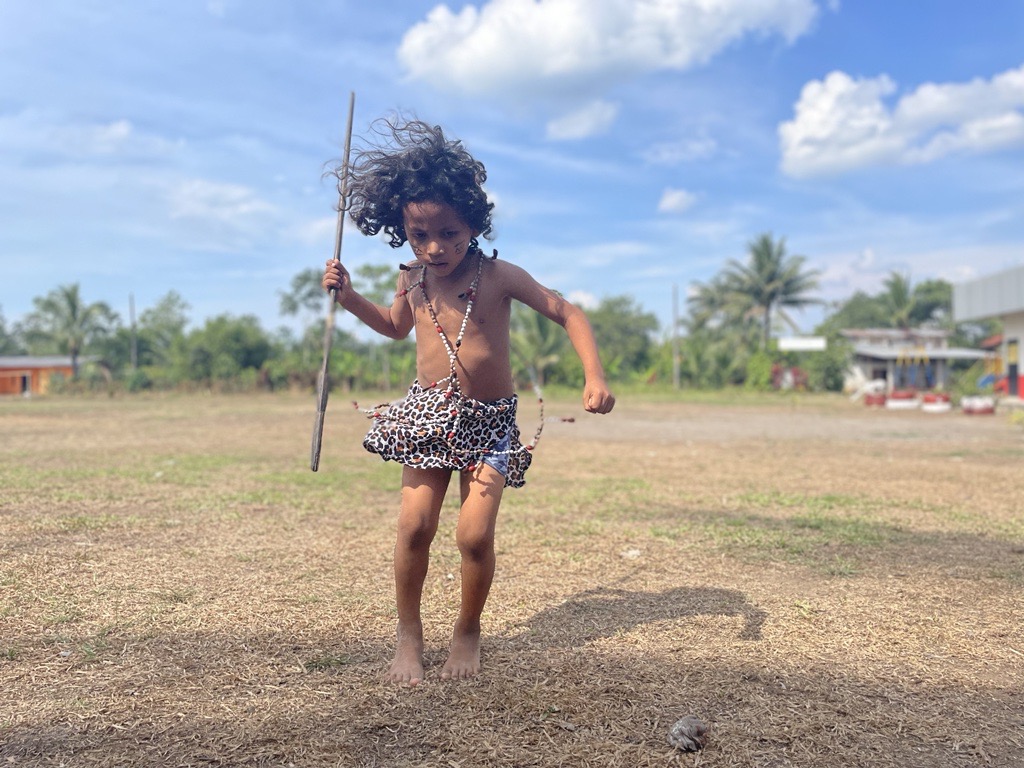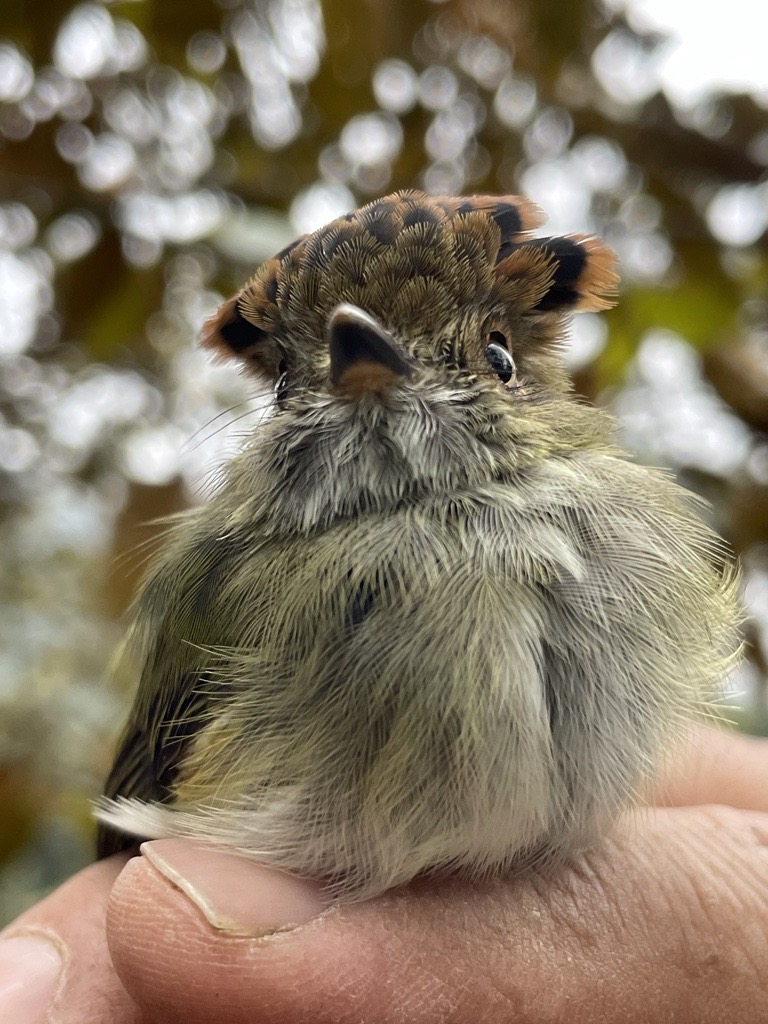Northwestern Undergraduates Connect Study Abroad Experiences Across Continents through the GLObal Co-Lab

A young boy living in an Amazonian community performs a native dance.
Photo credit: Jonah Michel (Weinberg College of Arts and Sciences ‘24)
Last summer, the Northwestern Buffett Institute’s Global Learning Office (GLO) invited a group of Northwestern undergraduates to participate in a new, peer-to-peer learning program—the GLObal Co-Lab—during their Fall 2022 study abroad experiences. The program paired up students studying abroad in different countries to explore intersections between the cultural, social and political issues they were studying and experiencing firsthand in their host communities.
The students were tasked with developing a visual archive to document these experiences and their intersections with one another. From these archives, students curated photo essays that centered around one or more United Nations (UN) Sustainable Development Goals they saw their host communities addressing. Through these photo essays, students reflected on connections between the local contexts they experienced while studying abroad and global challenges.
In January, the cohort showcased their photo essays on Northwestern University’s campus in Evanston at the GLObal Co-Lab Vernissage. For many of the student participants, it was their first opportunity to meet their collaborators in person after working together virtually for several months. Both experienced and novice photographers in the program presented breathtaking photos at the exhibition and drew connections between their insights and those of their partner as well as others in the GLObal Co-Lab whose works they were seeing for the first time.
Jonah Michel, a junior in the Northwestern Weinberg College of Arts and Sciences majoring in Environmental Science with a minor in Entrepreneurship, was among the program participants. He studied abroad in Ecuador and was paired with another student studying abroad in Copenhagen, Denmark. “[During] the program, you would post three or four photos every couple of weeks, and we would try and connect them to each other’s photos and the Sustainable Development Goals.”
“Climate action was the one that connected all of our photos,” he said, although they explored this UN Sustainable Development Goal from vastly different angles given the locations of their study abroad programs. “[My partner] went to Wimbledon and had a talk with the communications team there about how to incorporate sustainable practices in advertising,” said Michel. “I also learned about Arhaus, one of the oldest cities in Denmark that has an incredible climate change museum.”
Michel’s program, on the other hand, focused on ecology and conservation and took students to visit sites like the Galapagos Islands. One of his photos (shown above) featured a young boy performing native dances in his Indigenous community—dances that have been preserved and passed down for generations thanks to extensive efforts among community members to operate a school in their remote locale that provides standardized education alongside Indigenous knowledge and traditions. “They teach them about the local ecosystem as well as the normal subjects that are in school,” said Michel. “This is just a much better system of educating kids who need to have this kind of knowledge to live in in the middle of the Amazon rainforest.”
Michel also had the opportunity to contribute to efforts to advance climate action in his study-abroad country. “I spent the last month of my program doing an independent research project where I worked with a conservation and research foundation to study birds, so I was in a rural homestay in the cloud forest of Ecuador, which is where I took the final photo in my photo essay project.”

The scale-crested pygmy tyrant bird is one of the smallest bird species on Earth.
Photo credit: Jonah Michel (Weinberg College of Arts and Sciences ‘24)
“In some of the sites that we did this study, there hasn't been a study of birds conducted there ever before. I also compiled a few years of data into my final report submitted to a conservation foundation. They could then use it to help protect this bird population that is rapidly losing land,” he said.
At the GLObal Co-Lab Vernissage in January, Michel drew even more connections between his experiences and those of his peers who studied abroad on other continents. “There was a student who went to Vietnam and took some of the most incredible photos I’ve ever seen…it was very cool to see how other people were viewing the world at the very same time that I was [through] the difference in colors, even—bright and beautiful lanterns in his photos, versus my earthy photos of nature,” he said.
